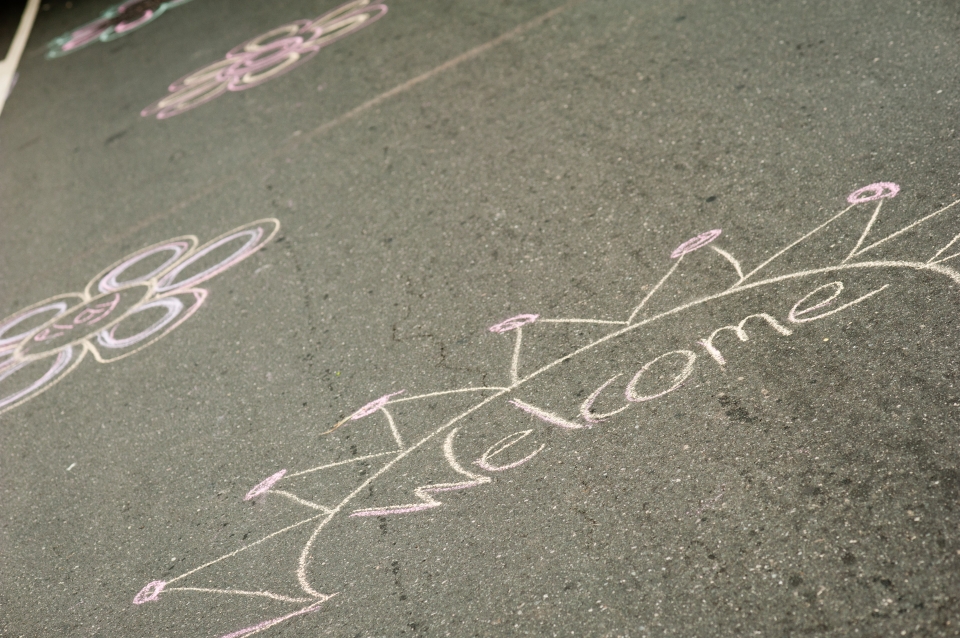March 10, 2016
Stuart Weitzman School of Design
102 Meyerson Hall
210 South 34th Street
Philadelphia, PA 19104
Get the latest Weitzman news in your Inbox
Areas
Media Contact
Michael Grant
mrgrant@design.upenn.edu
215.898.2539
The PennDesign Dean’s Office and PennPraxis are pleased to announce the winners of the 2016 Social Impact Projects. Four student-led teams were chosen to work in communities throughout Philadelphia to unite the skills and vision of PennDesign students with areas of need in the city. The four projects include students from several of the programs represented at PennDesign: Architecture, Landscape Architecture, City and Regional Planning, Historic Preservation, and Integrated Product Design, and touch on themes of food security, environmental education, park access, climate change, and protecting historic neighborhoods. Each project aims to produce positive impacts in the everyday life of Philadelphia communities, to extend critical discourse, and demonstrate cross-disciplinary collaboration. Projects are expected to begin in the spring or fall of 2016, with the goal of being completed by December 2016.
Social impact is a pervasive theme, influencing disciplines across academia and in design practice. Social Impact is an integral part of Penn’s Compact to engage locally and bring the benefits of Penn’s research, teaching, and service to individuals and communities.
In 2015, the Dean’s Office and PennPraxis initiated the Social Impact Projects. The program built follows social-impact projects held in previous years: IDEA Days and the SCALE/Scope symposium. These two events suggested a need for continued support of student-initiated, innovative, social impact projects that enhance our experiences here at Penn. The 2015 Social Impact Projects, consisting of five teams, were a great success. The projects brought together students from across the disciplines of Penn Design, enhanced relationships among the student community, and brought renewed energy and support to communities throughout Philadelphia. This year, the call for proposals continued to enlist student teams to propose and create out-of-the-ordinary activities that would extend these objectives.
Selected Projects:
Blossom Kinetic Sculpture
Student Participants: Jono Sanders (MSE/IPD ‘17), Philip Chang (IPD ‘17), Sarai Williams (MCP/MLA ‘17)
Faculty Advisors: Sarah Rottenberg and Jonathan Fiene
Blossom Kinetic Sculpture includes two students from the Integrated Product Design (IPD) program and a dual degree City Planning/Landscape Architecture student. The team proposes to design and install a kinetic public art piece, engineered to be responsive to social media posts, to promote awareness of food security. Awareness built by the project will result in donations to a yet-to-be-determined community charity such as Philabundance, The Food Trust, or the Coalition to End Hunger. The sculpture team will work with Penn Facilities and Real Estate Services (FRES) to install the sculpture in a prominent location on the Penn Campus during the spring or summer of 2016.
Bridging Parkside
Student Participants: Darcy Anders (MCP’18), Elizabeth Colletti (MCP ’18), Lyndon DeSalvo (MCP ‘18), Stephanie Margolis (MCP ‘18), Nate Hammitt (MArch/MSHP ’16)
Faculty Advisors: Dave Vodila, Karen M’Closkey
Bridging Parkside’s team includes four City Planning students and a dual Historic Preservation/Architecture student. The team proposes to work with the Please Touch Museum to create a single-day tactile community installation/event focusing on earth and science education, and climate change. The students will build on their current planning workshop studying Parkside, and previous studio work focused on Mantua. The project is supported by the Please Touch Museum, and will work with Hive 67 in South Philadelphia to construct components for the event/ exhibit. The team will additionally develop educational materials focused on earth science and climate change which the Museum will distribute at West Philadelphia neighborhood schools, to both promote the event and provide learning opportunities for area students. The event is proposed for early fall 2016.
Reclaiming Sharswood
Student Participants: Katherine Engleman (MLA/MArch ‘18, co-president of DiverseDesign), Maya Thomas (MSHP ‘16, co-president of DiverseDesign), Elizabeth Bland (MArch/MCP ‘18) Gabriella Nelson (MCP ‘18) Prince Alexander Langley (MLA/MArch ‘18), Nyasha Felder (MArch/MLA ‘17).
Faculty Advisors: Fon Wang, Eduardo Rega
Building from the Fall 2015 HSPV studio focusing on Sharswood, students representing the Historic Preservation, City and Regional Planning, Architecture, and Landscape Architecture programs propose to work with Sharswood community members to create a masterplan for Peace Park in Sharswood—an important open space resource and symbol of community empowerment. The team proposes to design several community events to promote awareness and community involvement in the Park. As a separate but related component, students propose to complete a National Register of Historic Places nomination for the Dox Thrash House, an important historic resource also in Sharswood. Students posit that the complementary projects will demonstrate how to confront both vacancy and neglect issues in Sharswood and result in positive examples for any further development, and enrich residents with skills to advocate for their neighborhood.
Serenity Soular
Student Participants: Laura Rigell (MCP ‘18), Cari Krol (MCP ‘18), Nikita Jathan (MArch ‘18), and Margaret Gregg (MArch ‘18)
Faculty Advisors: Amy Hillier, Mark Alan Hughes
The Serenity Soular team, composed of two City Planning and two Architecture students, builds on previous work done by Swarthmore students in 2014 (one of whom is on the team), which worked to help local residents install a solar panel on the garage roof of Serenity House, a social-service organization in North Philadelphia. Since then, Serenity Soular has developed into an ongoing initiative to train North Philadelphians to work in the solar industry and to expand access to solar for low-income households. The proposed project will continue to work with Soular’s trained professionals to install additional panels on Serenity House. The students (working with Swarthmore) will crowdfund to support additional panels. The project hopes to advance workforce development by training community residents to carry out solar-system installation. Going forward, the project will serve as a model for future solar installations and workforce development across the city.


 Expand Image
Expand Image



